| |
|
|
Botanical Name |
: |
Bryonia alba L. |
English
Name |
: |
White Bryony, Black-berried White Bryony, European White Bryony, Wild Hops |
Synonym(s) |
: |
Bryonia aspera Bauh, Bryonia nigra Dum, Bryonia monoeca Krause ex Sturm |
Family |
: |
Cucurbitaceae |
| |
General Info
| Description |
 |
|
A herbaceous perennial vine, 12 feet long, or more. The thick root is a light yellow. The simple leaves are somewhat triangular, alternate and broadly toothed. The upper and lower leaf surfaces have small white glands. The long curling tendrils, the flowers and the fruit arise from the leaf axils. White bryony is monoecious (male and female flowers are found on the same plant). The flowers are greenish-white, to one half inch across. The fruit is a black berry, 5/16 inches in diameter. |
| Herb Effects |
 |
|
Cathartic, hydrogogue, irritant, pectoral and purgative (root) |
Chemistry
| Active Ingredients |
 |
|
Amylase, chrysophanic acid, Dihydrocucurbitacin B, oleic acid, palmitic acid, stearic acid, tannin (root); Cucurbitacin B, Cucurbitacin D, Cucurbitacin E, Cucurbitacin I, Cucurbitacin J, Cucurbitacin K, Cucurbitacin L, stigmasterol (plant) |
| Chemistry
of Active Ingredients |
 |
|
|
 |
Name |
CAS# |
IUPAC Name |
Formula |
Structure |
 |
|
| Amylase |
9014-71-5 |
Not Available |
Not Available |
|
| Chrysophanic acid |
Not Available |
1,8-dihydroxy-3-meth
yl-anthracene-9,10-d
ione |
C15H10O4 |

|
| Dihydrocucurbitacin B |
Not Available |
[6-(2,16-dihydroxy-4
,4,9,13,14-pentameth
yl-3,11-dioxo-2,7,8,
10,12,15,1
6,17-oct
ahydro-1H-cyclopenta
[a]phenanthren-17-yl
)-6-hydroxy-2-methyl
-5
-oxo-heptan-2-yl
] acetate |
C32H48O8 |
|
| Oleic acid |
8046-01-3 |
octadec-9-enoic acid |
C18H34O2 |
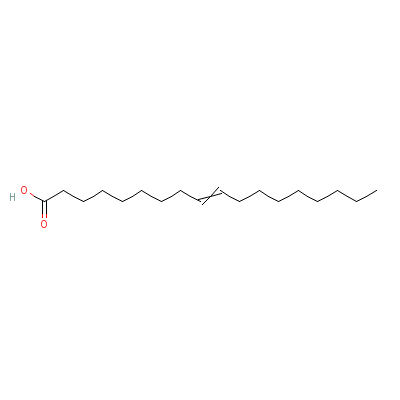
|
| Palmitic acid |
66321-94-6 |
Hexadecanoic acid |
C16H32O2 |
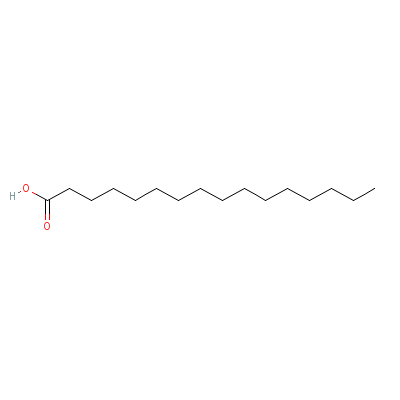
|
| Stearic acid |
82497-27-6 |
octadecanoic acid |
C18H36O2 |

|
| Tannin |
1401-55-4 |
Not Available |
C27H22O18 |
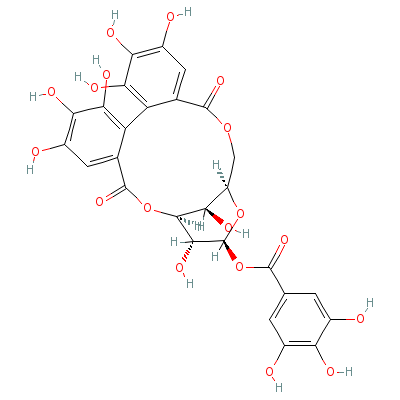
|
| Cucurbitacin B |
Not Available |
[6-(2,16-dihydroxy-4
,4,9,13,14-pentameth
yl-3,11-dioxo-2,7,8,
10,12,15,1
6,17-oct
ahydro-1H-cyclopenta
[a]phenanthren-17-yl
)-6-hydroxy-2-methyl
-5
-oxo-hept-3-en-2
-yl] acetate |
C32H46O8 |
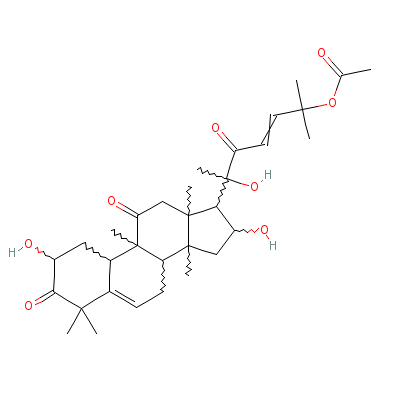
|
| Cucurbitacin D |
Not Available |
17-(1,5-dihydroxy-1,
5-dimethyl-2-oxo-hex
-3-enyl)-2,16-dihydr
oxy-4,4,9,
13,14-pe
ntamethyl-2,4,7,8,9,
10,12,13,14,15,16,17
-dodecahydro-1H-cycl
op
enta[a]phenanthr
ene-3,11-dione |
C30H44O7 |
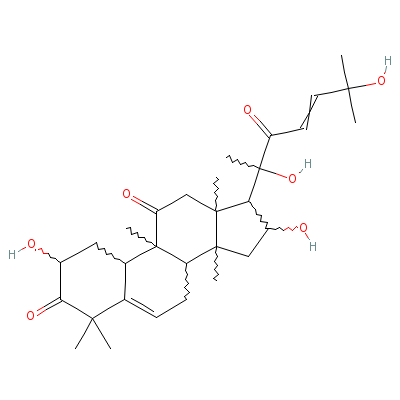
|
| Cucurbitacin E |
Not Available |
[(E,6R)-6-[(8S,9R,10
S,13R,14S,16R,17R)-2
,16-dihydroxy-4,4,9,
13,14-pent
amethyl-
3,11-dioxo-8,10,12,1
5,16,17-hexahydro-7H
-cyclopenta[a]phenan
th
ren-17-yl]-6-hyd
roxy-2-methyl-5-oxo-
hept-3-en-2-yl]
acetate |
C32H44O8 |
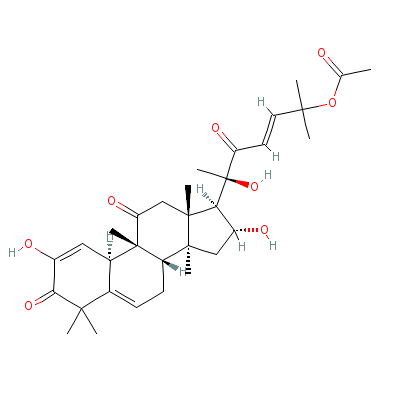
|
| Cucurbitacin I |
Not Available |
(8S,9R,10S,13R,14S,1
6R,17R)-17-[(E,2R)-2
,6-dihydroxy-6-methy
l-3-oxo-he
pt-4-en-
2-yl]-2,16-dihydroxy
-4,4,9,13,14-pentame
thyl-8,10,12,15,16,1
7-
hexahydro-7H-cyc
lopenta[a]phenanthre
ne-3,11-dione |
C30H42O7 |
|
| Cucurbitacin J |
Not Available |
(8S,9R,10S,13R,14S,1
6R,17R)-2,16-dihydro
xy-4,4,9,13,14-penta
methyl-17-
[(2R)-2,
5,6-trihydroxy-6-met
hyl-3-oxo-heptan-2-y
l]-8,10,12,15,16,17-
he
xahydro-7H-cyclo
penta[a]phenanthrene
-3,11-dione |
C30H44O8 |
|
| Cucurbitacin K |
6766-43-4 |
2,16-dihydroxy-4,4,9
,13,14-pentamethyl-1
7-(2,5,6-trihydroxy-
6-methyl-3
-oxo-hep
tan-2-yl)-8,10,12,15
,16,17-hexahydro-7H-
cyclopenta[a]phenant
hr
ene-3,11-dione |
C30H44O8 |
|
| Cucurbitacin L |
Not Available |
(8S,9R,10S,13R,14S,1
6R,17R)-17-[(2R)-2,6
-dihydroxy-6-methyl-
3-oxo-hept
an-2-yl]
-2,16-dihydroxy-4,4,
9,13,14-pentamethyl-
8,10,12,15,16,17-hex
ah
ydro-7H-cyclopen
ta[a]phenanthrene-3,
11-dione |
C30H44O7 |
|
| Stigmasterol |
4736-55-4 |
17-(4-ethyl-1,5-dime
thyl-hex-2-enyl)-10,
13-dimethyl-1,2,4,5,
6,7,8,9,10
,11,12,1
3,14,15,16,17-hexade
cahydrocyclopenta[a]
phenanthren-3-one |
C29H48O |
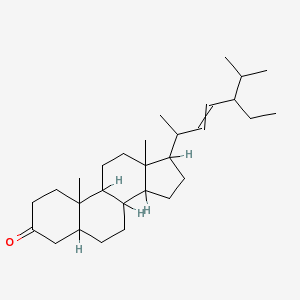
|
|
Pharmacology
| Medicinal Use |
 |
|
The root is said to be one of the best diuretics and an excellent remedy for gravel as well as all other obstructions and disorders of the urinary passage. An extract pressed from the root pulp is mixed with alcohol into an extremely dilute solution.
Bryonia is used to treat coughs, flu, violent headaches, and other acute conditions that develop slowly, with pain on the slightest movement. This remedy is also effective for inflammation in the lining of the joints, chest, and abdomen, and is given for osteoarthritis, and rheumatism with joints that are painfully hot and swollen. Other ailments helped by this remedy include: pneumonia and pleurisy with severe chest pain near the rib cage; constipation; and colic. Symptoms include stabbing pain, a heavy feeling in the eyelids, excessive sweating, and a constricted throat. |
| Reference |
 |
|
 James A Duke and Maryl Fulton. Handbook of Medicinal Herbs - 2nd Edition, P: 766, CRC Press July 2002. James A Duke and Maryl Fulton. Handbook of Medicinal Herbs - 2nd Edition, P: 766, CRC Press July 2002.
|
Dealers
Products
|
|